project description
Why are PAHs important?
Contamination of aquatic and terrestrial environments with crude oils (or petroleum) represents a fundamental problem worldwide that results in both immediate and long-term environmental damages, including toxicity to plants and soil invertebrates and with significant risks to humans and wildlife. Crude oils are predominantly composed of hydrogen and carbon. The massive ecological damage caused by oil spills in the ocean can largely be attributed to a subset of crude oils called polycyclic aromatic hydrocarbons. Polycyclic aromatic hydrocarbons account for approximately 80% of the total petroleum hydrocarbons in crude oils. Aromatic carbons such as polycyclic aromatic hydrocarbons (PAHs) tend to be the most toxic and persistent molecular compounds in oil.

Applications of PAH-Degrading Bacteria
Contamination of aquatic and terrestrial environments with crude oils (or petroleum) represents a fundamental problem worldwide that results in both immediate and long-term environmental damages, including toxicity to plants and soil invertebrates in addition to significant risks to humans and wildlife.
Applications of PAH-Degrading Bacteria
 |
 |
 |
Isolation and Understanding PAH Degradation Systems CCA_San_Diego has isolated and modified two major PAH degradation pathways: fluorene and phenanthrene, in order to further understand the scope, efficiency, and application of these pathways for commercial use. These isolated systems serve to limit unwanted bacterial byproducts by allowing the selection of specific strains for expression, to allow for selection of optimal bacteria in field situations, and to reduce the use of harmful bacterial strains that contain many of the pathways we isolated. |
Ocean Crude Oil Pump and Treatment CCA_San_Diego designed bacteria to aid in the process of bioremediation for pump and treat ex-situ methods. Once spills are identified, contaminated sites may be pumped to remediation centers that contain our synthetic PAH-degredetory bacteria. Please see our applied design page for more information about this process. |
Waste Treatment Leaking waste containers, oil deposits, and landfills contributing to PAH contamination can be targeted for bioremediation efforts. Centers for remediation efforts may use our bacteria to degrade specific PAH compounds within groundwater in the affected areas. |
 |
 |
 |
Byproduct Management Industrial byproducts may be filtered into waste management treatments in order for bioremediation process to target phenanthrene, fluorene, and even naphthalene compounds located in industrial waste products like plastics, pesticides, and oil products. |
Hazard Identification Growth of CCA_San_Diego’s bacteria in PAH contaminated water environments signifies the existence of contaminants in reservoir systems in the absence of a carbon source. Future combination of an identification system as well as our pathway can be used for contamination identification. |
Reaction Completion Identification For future research design, reporter plasmids can be used to identify the intermediates of salicylate and phthalate in order to signify the completion of degradation of PAHs for efficient and quick processing of contaminated water. |
Why hasn’t this been done before?
There are several enzymes involved in the PAH upper catabolic pathway. The aerobic degradation of aromatic compounds is typically initiated by oxygenases that catalyze the incorporation of two oxygen atoms into the aromatic ring followed by a dehydrogenation reaction catalyzed by dehydrogenases. Theses enzymes are designated RHDO (ring hydroxylating dioxygenases). The dioxygenases responsible for the first step in the aerobic oxidation of lower molecular weight aromatic hydrocarbons, e.g. naphthalene, biphenyl, benzene, and certain other aromatic compounds, share many similarities with genes for which the sequence is known. In contrast, there is little information about bacterial genes encoding proteins for the degradation of higher molecular weight PAH such as phenanthrene and fluorene.
What are we doing?
To be able to degrade as many aromatic compounds as possible, our approach involves converging the various degradation pathways and augmenting the genes, which is possible through common intermediates. To that end, we would clone the genes upstream of the common intermediates and introduce them into a bacteria that would already contain one or more degradation pathways already containing genes downstream of the intermediates. The host strain already has a piece of the pathway, and by a process of engineering, we are augmenting its gene pool and its capacity to degrade.
In the first phase of our research, a comprehensive literature and genome search was conducted to identify microorganisms with published annotated genes capable of degrading the most abundant PAH in crude oils.
In the second phase, operons were designed as synthetic genes to exclude restriction enzyme sites reserved for prefix and suffix sequences and to improve the %GC content for optimum expression in E. coli. In addition, RBS sequences were introduced between open reading frames and an inducible promoter was cloned upstream of the operons.
In the third phase, the catabolic pathways were cloned into a RK2 plasmid to have the potential to be introduced into various strains of bacteria for the purpose of gene augmentation.







